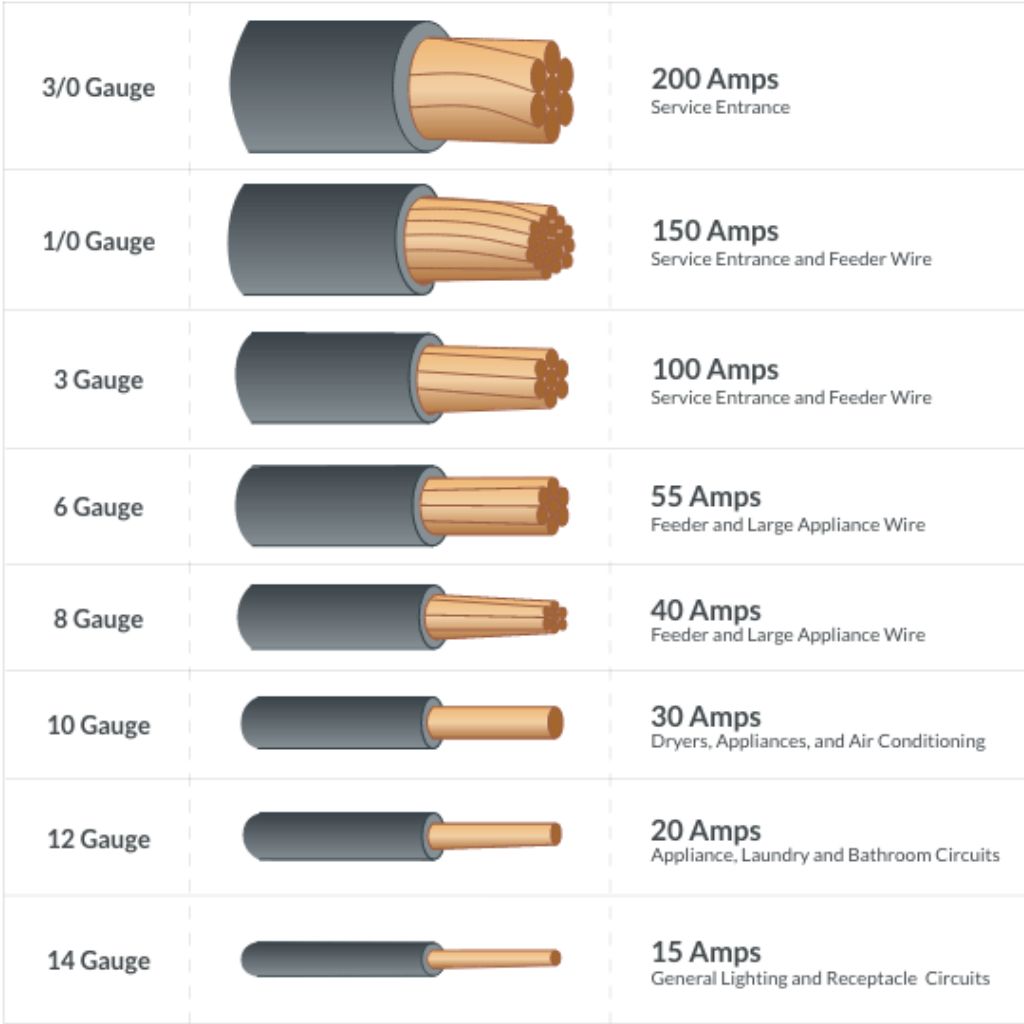Wires are the unsung heroes of our modern world. From delivering electricity to powering our devices, they play a vital role in keeping things connected. But how do we ensure we’re using the right wire for the job? One critical aspect is understanding how to measure a wire gauges. In this comprehensive guide, we’ll explore the intricacies of wire gauge measurement, empowering you to make informed decisions for your electrical and wiring needs.
Understandings:
Wire gauge, often referred to as wire diameter or thickness, is a critical specification for any wire. It determines the wire’s ability to carry current and its suitability for various applications. The lower the gauge number, the thicker the wire.
Tools to Measure a Wire Thickness:
Measuring the thickness of a wire is a straightforward process. You will need a few basic tools:
- Vernier callipers or a micrometre: These precision tools provide accurate measurements.
- Wire sample: You’ll need a small piece of the wire you want to measure.
- paper and pencil

Steps to How to measure a wire thickness:
- Prepare the wire: Ensure the wire sample is straight and clean, free from any debris or corrosion.

- Use your measuring tool. Gently place the wire sample between the jaws of your vernier callipers or icrometer. Apply just enough pressure to secure it.

- Read the measurement: Carefully read measurement and displayed measurements on your tool. This measurement will be in millimetres (mm) or inches (in). write your wire thickness measurement on a paper.

How to Measure a Wire Guage:
Measuring wire gauge involves determining the wire’s thickness by comparing it to a standard wire gauge chart. Here’s how to do it:
- Select the appropriate standard gauge chart: . Choose the chart that matches your wire’s origin or the standard you want to use to measure a wire gauge.

- Place the wire on the chart. Carefully lay the wire sample on the chart, ensuring it aligns perfectly with the markings. The wire’s gauge will be the smallest number that the wire touches on the chart. This number corresponds to the wire’s thickness.
Why measure the wire gauge?
Measuring wire gauge is crucial for several reasons:
- Safety: Using the right wire gauge for a specific application ensures safe and efficient electrical connections.
- Compatibility: Measuring the gauge helps you match wires to the requirements of your devices and circuits.
- Preventing overheating: Using an insufficiently thick wire can lead to overheating, which is a fire hazard.
- Cost-effectiveness: Selecting the correct wire gauge prevents overspending on unnecessarily thick wires.
Additional Considerations:
- Wire Material: Different materials, such as copper, aluminium, or steel, have different electrical properties and may require different gauge selections.
- Application: Consider the intended use of the wire, whether it’s for power transmission, signal transmission, or other specific purposes.
- Wire Insulation: The insulation around the wire also affects its overall thickness and suitability for particular applications.
- Environmental Factors: Environmental conditions, like temperature and humidity, can influence wire selection
You can also read about:
How to Measure Television Screen
Conclusion:
We knowing How to measure a wire gauges is fundamental to ensuring the safety and efficiency of electrical and wiring projects. Accurate measurements, along with a clear understanding of the requirements for your specific applications, will guide you in selecting the right wire gauge. Make well-informed choices, and keep your connections strong and secure with the right wire thickness.You can purchase it From Amazon
Here are Some FAQs related to How to Measure a Wire:
Why is measuring wire gauge important?
Measuring wire gauge is essential because it helps determine the wire’s thickness, which is crucial for selecting the right wire for specific applications. Using the correct wire gauge ensures safety, efficiency, and compatibility.
What are the most common wire gauge standards?
The most common wire gauge standards include the American Wire Gauge (AWG), British Standard Wire Gauge (SWG), and the Metric Wire Gauge (MWG). The choice of standard depends on your location and specific needs.
Can I measure wire gauge with everyday tools, or do I need specialized equipment?
You can Know How to measure a wire gauge with common tools like vernier calipers or a micrometer, which provide accurate measurements. No specialized equipment is required.
Are there specific wire gauge measurements for different applications?
Yes, different applications, such as power transmission, signal transmission, and electronics, require specific wire gauges to ensure proper performance and safety.
How does wire material affect wire gauge selection?
The material of the wire, such as copper, aluminum, or steel, can impact its electrical conductivity and resistance. This, in turn, may affect the selection of the appropriate wire gauge for a given application.
What is the consequence of using the wrong wire gauge for a specific application?
Using the wrong wire gauge can lead to various issues, including overheating, poor electrical performance, and even safety hazards such as fires or electrical shorts.
Is it necessary to consult a wire gauge chart for accurate measurements?
Yes, using a wire gauge chart is essential when measuring wire gauge. It helps you determine the wire’s thickness accurately by comparing it to established standards.
Can wire insulation affect the wire gauge measurement?
Yes, the insulation around the wire can add to its overall thickness. When measuring wire gauge, it’s essential to How to measure a wire bar without including the insulation.
How do I choose the right wire gauge for a specific project?
To select the right wire gauge, consider factors such as the type of application, current requirements, wire material, and environmental conditions. Consulting wire gauge charts and standards is also crucial.
Are there any resources or tools available to help determine the appropriate wire gauge for a specific application?
Yes, there are online calculators, wire gauge charts, and resources provided by wire manufacturers and electrical standards organizations that can help you determine the suitable wire gauge for your project.


Comments